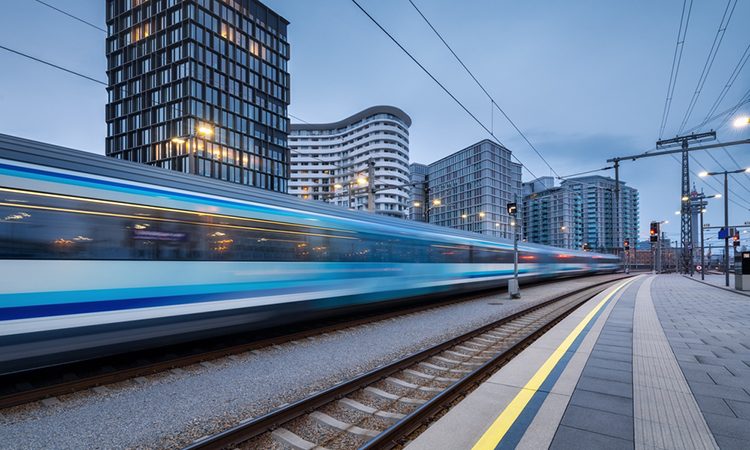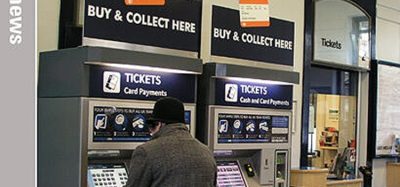Global rail supply market sees steady growth amid geopolitical challenges
Posted: 26 September 2024 | Global Railway Review | No comments yet
The World Rail Market Study reports a 2.7% annual growth in the global rail supply market from 2021 to 2023, driven by strong investments and rising demand for sustainable transport.


The 10th edition of the World Rail Market Study has reported a 2.7% annual growth rate in the global rail supply market from 2021 to 2023, supported by strong public and private sector investments. The market reached an average annual volume of €201.8 billion (adjusted for inflation), up from €176.5 billion in the previous study covering 2019-2021.
Looking forward, the market is expected to grow by 3% annually in real terms through 2029, projected to reach an average size of €240.8 billion per year. This forecast is based on over 10,000 future rail project orders, including greenfield investments and modernisation projects.
However, the study notes a decline in market accessibility for EU rail suppliers, dropping from 60% to 59% during 2021-2023. This trend is attributed to protective trade barriers and in-house production, resulting in billions of euros in lost opportunities for the European Rail Supply Industry.
Significant investments from the European Union and the U.S. during this period aimed to support economic recovery post-pandemic and accelerate the green transition. Western Europe experienced the highest growth rate at 7.3% annually, driven by investments in electric multiple units (EMUs) and light rail infrastructure. Other regions also showed strong performance, with Africa and the Middle East growing at 10.2%, Eastern Europe at 6.8%, and North America at 3.8%. In contrast, the Asia Pacific region faced a 1.2% decline due to ongoing COVID-19 impacts, although it remains the largest market in demand.
Investments in rolling stock, excluding coaches and freight cars, grew by 5.1%, with metro and light rail vehicles also seeing significant increases.
Key drivers of growth include urbanisation, digitalisation and sustainability, enhancing the demand for rail transport. The study, produced in collaboration with Bain & Company, covers 66 countries that account for 99% of global rail traffic.






